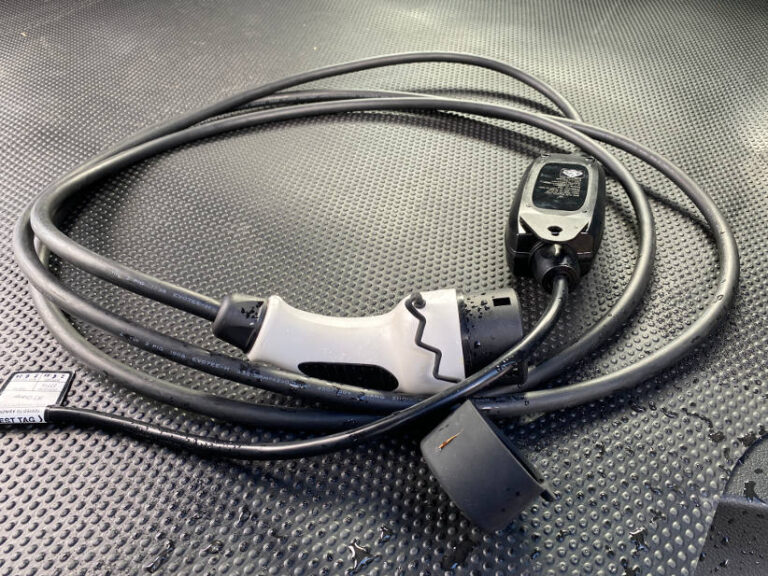– By Paul Sinclair – Solutions Adviser at Intelematics –
After years on the sidelines watching the EV evolution unfold overseas, Australia is on the cusp of jumping into the driver’s seat and starting its own electrified journey. Key indicators that change is afoot include EV manufacturers targeting Australia, new national and state-based policies to encourage uptake, and a growing number of charging infrastructure investments. Alongside these changes, there has also been a change in the social narrative. Consumers are shifting away from ‘if’ and moving closer to ‘when’ – in terms of buying an electric vehicle. As this unique environment evolves, a critical question we need to ask is: What role can technology play in helping Australia make this transition?
Shifting landscape
In recent weeks four key events point to a shifting landscape in Australia. The recent EV Summit saw the Federal Government open a discussion about potential fuel efficiency standards. At the end of June, the Government also announced a proposal to cut tariffs and remove fringe benefits tax (FBT) on electric cars from 1 July 2022. If enacted, this will apply to the FBT year that ends on 31 March 2023.
In July, The ACT became the first Australian state or territory to phase out fossil fuel-powered vehicles announcing plans to halt the sale of new petrol and diesel-fuelled vehicles from 2035.
And in recent weeks, MG, BYD, Great Wall and Fiat have announced plans to launch new electric vehicles in Australia in 2023 – with BYD aiming to sell 9,000 vehicles per month. Alongside these significant market and policy changes, the private sector is actively investing in new types of charging infrastructure. Examples include AMPOL petrol stations, Red Rooster restaurants, and the Australian Motoring Services’ acquisition of EV charging network Chargefox.
Barriers to adoption
Beyond vehicle supply, additional variables such as cost, range and charging infrastructure, along with a lack of understanding of this ‘new science’, remain key barriers to EV adoption in Australia. Another concern which may hinder adoption is that EVs may not have the ‘pulling power’ favoured by Australians who tow all manner of things as part of their active lifestyles.
According to the latest sales figures issued to the end of July, there have been 10,289 EVs sold in Australia in 2022. This is compared to almost 150,000 mostly diesel 4×4 utes. Interesting then that EV sales have seen a three-fold increase from the 6900 sold in 2020 to the 20,665 in 2021. Recent sales activity would indicate the only limiting factor in a significantly increased uptake is new EV availability.
The role of technology
Technology has a critical role to play in a successful adoption of EVs in Australia – especially when it comes to behavioural change. Their inevitable mass adoption will require an entirely new category of systems and software to ensure their success.
These technologies will help us monitor, maintain and navigate our vehicles, and the network infrastructure being built to support them.
Examples include applications which help us monitor and prolong the health of EV batteries. Similarly, there will be opportunities for performance-based solutions to help owners optimise charge and journey efficiency. The most successful applications will be the ones that address key concerns – including range anxiety – and seamlessly integrate into everyday life and business – making EVs less effort to maintain and run than internal combustion vehicles.
Building on our track record
At Intelematics we are exploring a range of EV-focused solutions which build on our track record of developing leading mobility and data services. These tools will provide EV drivers and fleet managers with the ability to seamlessly manage the use of their vehicles and help understand ‘EV vehicle vitals’ and data to support journey planning and charging.
Through our work with connected vehicle platforms, we’re seeing an unprecedented opportunity to take the volumes of data produced by the car to support the implementation of EV policies and initiatives.
Australia’s unique opportunity
The transition to EVs in Australia will take time. Policy alone will not drive adoption. Technology has a critical role to play in breaking down barriers and supporting a change in behaviour by harnessing new types of data. While Australia may be well behind many parts of the world, the silver lining is that we can learn from the successes and shortcomings of overseas policies and use this knowledge to develop the best solutions for our needs.






